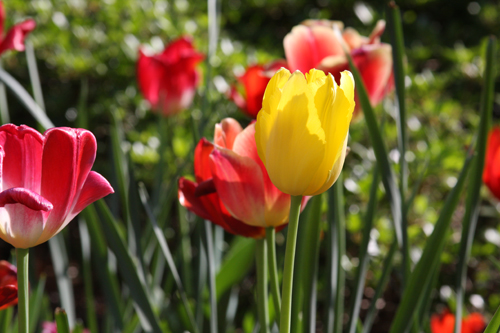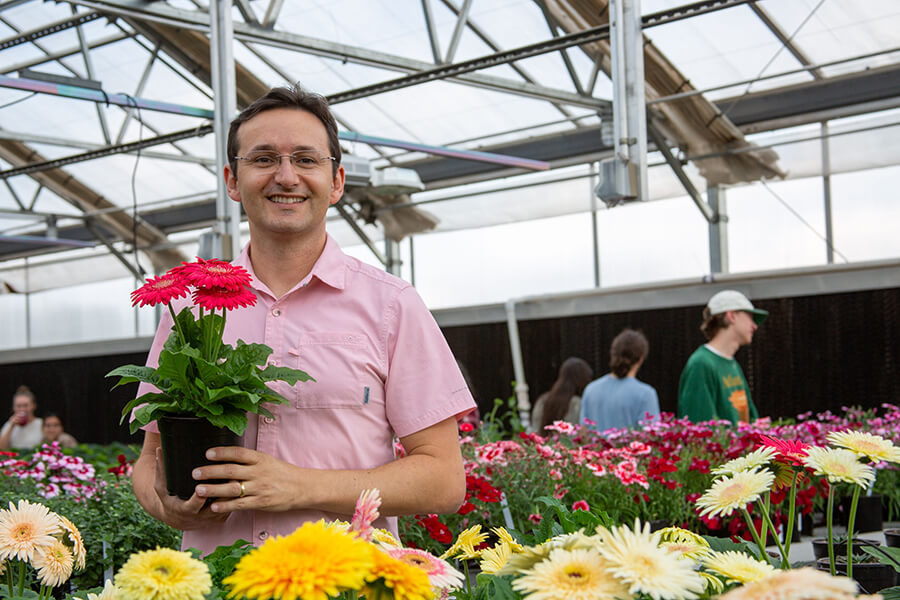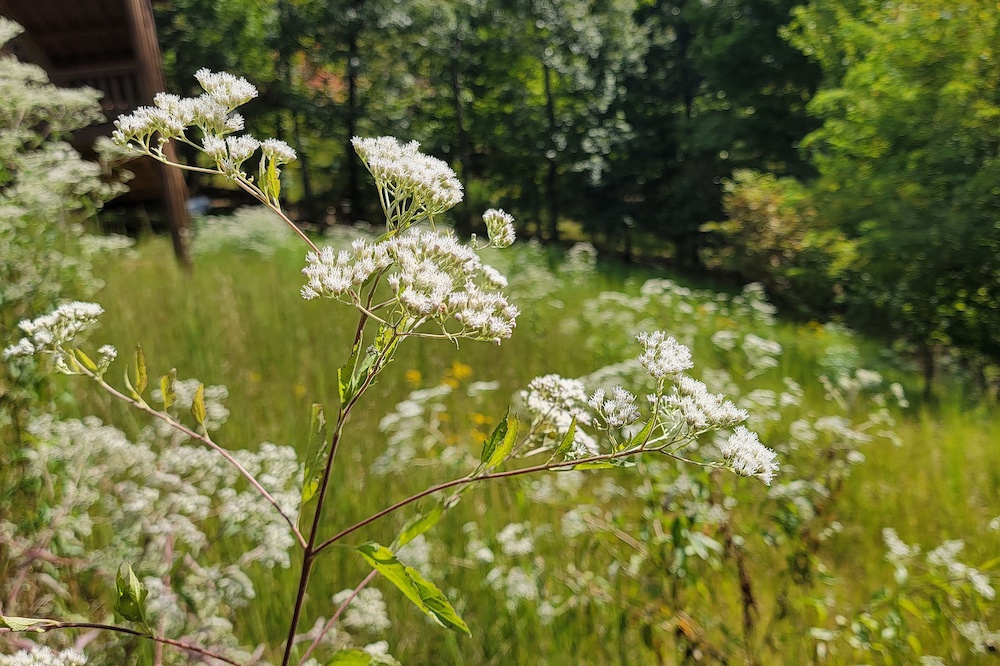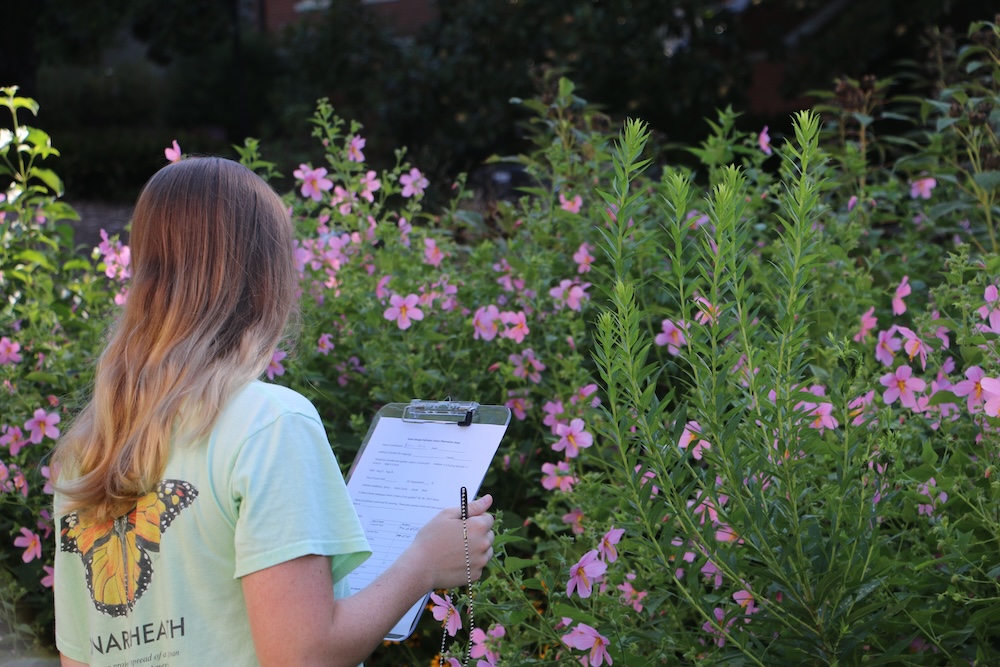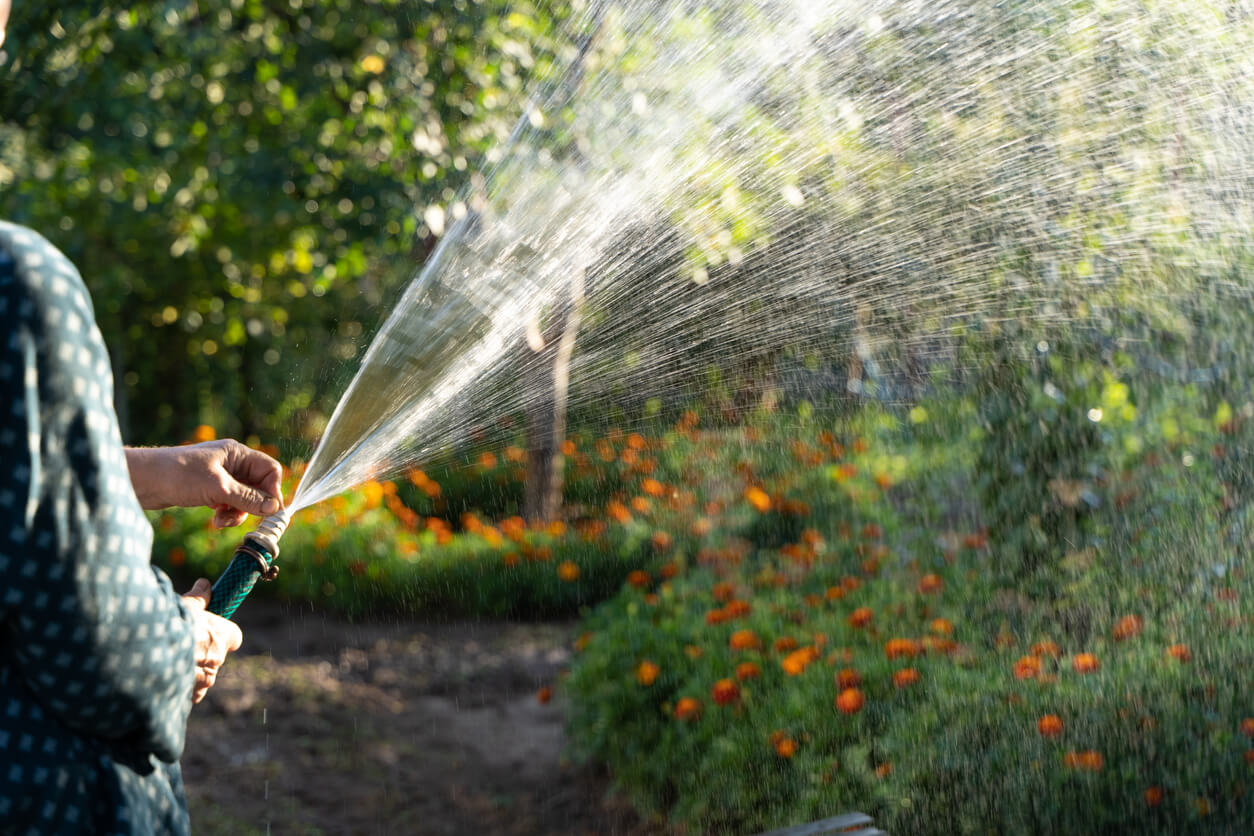Spring flowering bulbs, such as tulips, daffodils, hyacinths and crocuses, add lots of color and visual enjoyment to early spring flower beds. These bulbs are among the first flowers to appear in spring and signal that cold weather is on the way out and warmer days are just around the corner.
In Georgia, spring-flowering bulbs can be planted from October through late December. If you cannot plant bulbs right away, store them at around 60-65 degrees Fahrenheit in a dry area. Temperatures above 70 degrees Fahrenheit may damage the flower buds.
Use high quality bulbs
Before breaking the soil, first select high quality bulbs. Choose only bulbs that are firm, not soft, and are medium/large sized.
There is great difference in size between bulb types. For example, tulip bulbs are much larger than crocus bulbs. But a large tulip bulb is generally healthier than a small tulip bulb.
Again, bulbs should be firm and have unblemished skin. If you order by mail or Internet, you can’t physically inspect the bulbs before you buy them. Ordering from a reputable company will help ensure you receive a quality product.
Bulbs should be kept in a cool, dry, dark place until planting. Be wary of bulbs stored for long periods of time in less desirable conditions. Find a good spot to store them between purchasing and planting if you can’t plant them right away.
Most bulbs aren't picky about their soil
A soil pH of 6.0 to 6.8 is best for most bulbs. Incorporate lime if a soil test indicates a need for it. In the absence of a soil test, add 1 to 2 pounds of 5-10-10, 10-10-10 or 8-8-8 fertilizer per 100 square feet of bed space. Incorporate lime, fertilizer and any soil amendments thoroughly and deeply, at least 12 inches. Do not attempt to work the soil when it is too wet.
The majority of bulbous plants are actually less particular about soil than many other cultivated plants. Most prefer a moist, well-drained, medium, sandy loam that does not remain wet and sticky after heavy rain or dry out too quickly. Good drainage is essential.
Mix types and leave dry foliage
Mix the spring-flowering bulbs in beds with late emerging perennials such as daylilies or cannas. After the bulbs finish flowering and the foliage begins to die back, they will be replaced by the perennials.
It is actually important to leave the dying foliage on spring bulbs. It helps fertilize the bulb for the following year. The neighboring perennials will also help disguise the dying leaves with something more attractive.
Planting depth and spacing are also very important for the success of bulbs. A general rule of thumb for planting depth (from the top of the bulb to the soil surface) is two to three times the greatest diameter for bulbs 2 inches or more in diameter, and three to four times the greatest diameter for smaller bulbs.
Spacing will vary from 1 or 2 inches to as much as several feet. When spacing bulbs, consider not only how much space each plant needs, but also how frequently it will be dug up and divided. Also consider the landscape effect. The flower display is most effective when bulbs are planted in large clusters in confined areas rather than in evenly spaced lines or sparse plantings throughout a large area.
Plant bulbs upright and press the soil firmly around them. Rhizomes and tuberous roots are usually planted on their sides. Water the beds thoroughly to help settle the soil.
Bulbs should be planted within the next couple of months to ensure a burst of color in the spring. A little work now will pay off with a colorful display of flowers.

